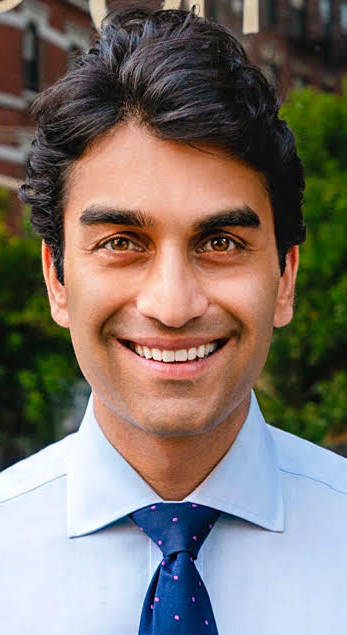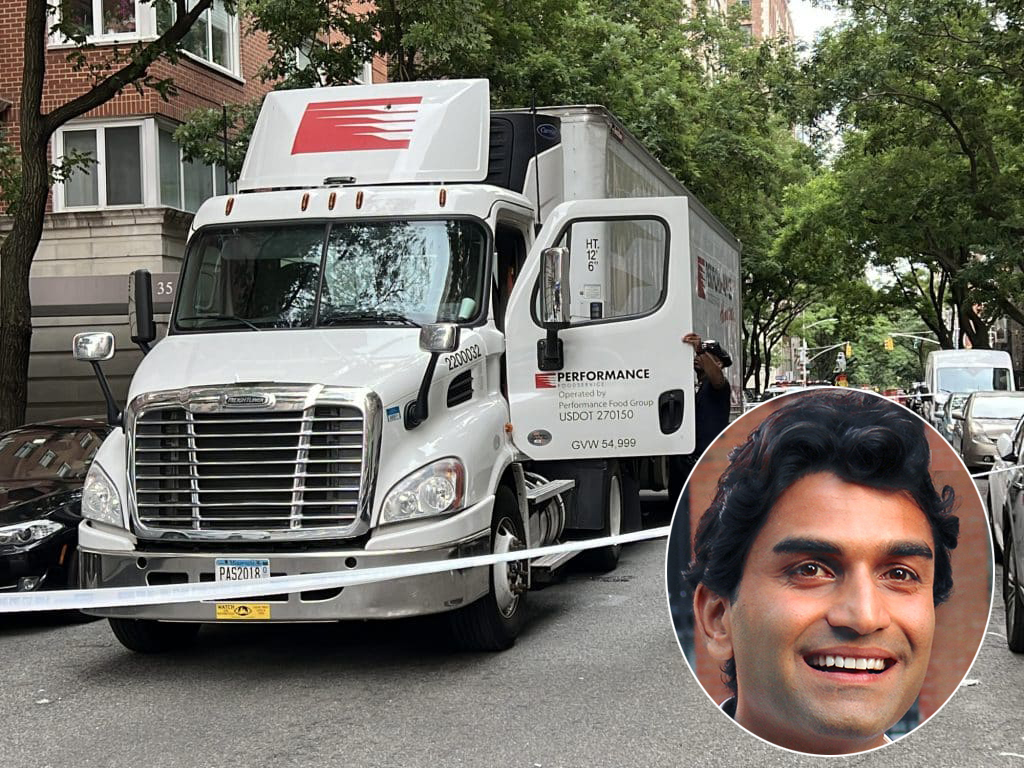Last week, Carling Mott was killed by a truck driver as she biked to work on E. 85th Street. Carling was the 12th biker to be killed in the city this year. It was reported by the New York Post and Streetsblog that Rep. Carolyn Maloney left a voicemail personally lobbying to prevent a bike lane from being installed on E. 84th and 85th streets on the Upper East Side – where Carling was killed. Had that bike lane been installed -Carling’s live may have been saved.

As a person who crosses the FDR by footbridge every morning to jog along the East River Park and a frequent Citi Biker who sees his life flash before his eyes by nearly getting hit by a car daily, and as an uncle to two 1-year-old nephews, I understand the importance of redesigning and taking our streets back from cars and towards people, commerce, green space, and public transit. With proper federal policy, we can build a better, safer, and easier transportation system — one that promotes connectivity, health, and growth.
A staggering 273 people died in traffic deaths in New York City in 2021 – the deadliest year in recent history. Nationally, an appalling 42,915 people died in motor vehicle traffic crashes in 2021 – a 16-year high. Moreover, transportation is the country's largest source of greenhouse gas emissions, accounting for 27 percent of all emissions. Sprawl also costs America a staggering $1 trillion per year due to increased land consumption and car usage.
It is time to turn the page from the Robert Moses era, which prioritized cars over public transit and exacerbated environmental, economic, and racial injustices. It’s time to put people over cars.
Locally in New York, that means capping the Cross Bronx Expressway — as Rep. Ritchie Torres has called for — and capping the FDR Drive, as I have previously called for. Also, we need to reimagine the BQE by implementing the plan to cap and convert it into a green space; and remove one lane from the West Side Highway, dedicating one bike lane to fast and professional bikers, and one to children, parents, and leisurely Citi Bikers for safety and livability.
These steps would allow us reclaim scores acres of public space in the heart of New York City, bringing more parks, playgrounds, plazas, and walkable green spaces into our concrete jungle. It would allow us to make our communities safer and more livable while boosting our economy.
Nationally, we must improve safety standards and redesigning our streets nationally to improve safety for drivers, cyclists, and pedestrians alike. We can do this by reforming federal MUTCD road design standards to account for the safety of road users outside of vehicles and vehicle design safety standards to include consideration of safety for road users outside the vehicle, passing the Vision Zero Act, and passing the Complete Streets Act.
We must also drive down vehicular miles traveled and reduce sprawl. To achieve this, we must accelerate the implementation of congestion pricing, incentivize housing construction near transit, cap or remove urban highways, and invest in more rail infrastructure.
Unfortunately, infrastructure construction costs are prohibitively expensive. While the historic, bipartisan infrastructure bill and (hopeful) Inflation Reduction Act, will bring billions of dollars to New York city, those much-needed dollars will be drained if we don’t get costs under control. We can get infrastructure costs down by requiring local agencies to hire their own experts instead of shelling out taxpayer dollars for overpriced consultants, bringing in experts from around the world to world to assist us, provide flexibility and allow contracts to be awarded based on quality and technical scores rather than simply to the lowest bidder, and most importantly: increase the speed of infrastructure projects. As project length increases, so too does uncertainty, interest rates and the risk of failure, thereby creating a vicious spiral. We can do this by prevent the hijacking of the National Environmental Protection Act (NEPA) from delaying or blocking infrastructure projects and ultimately reform NEPA to create an outcome based regulatory framework rather than one that is rooted in process. Getting costs down will allow us to build more and better infrastructure projects and truly transform the city.
From opposing a cutting-edge Blood Center to much-needed housing projects to life saving bike lanes, Reps. Maloney and Jerry Nadler (D-Upper West Side) have contributed to a culture of "no" that has led to a livability crisis in the city. We need to elect a new generation of leaders who are ready to say “yes” to bike lanes, transit, and housing. It’s longer overdue we reclaim our streets and cities away from car culture and toward people. Our planet, safety, livelihood, and economy will all benefit.
Suraj Patel is running to succeed Nadler and Maloney, who currently represent pieces of the newly drawn 12th congressional district, covering the Upper East and Upper West sides of Manhattan. Streetsblog asked the Nadler and Maloney campaigns for op-eds, too, and will publish them upon receipt. All three candidates will debate on Tuesday night.






